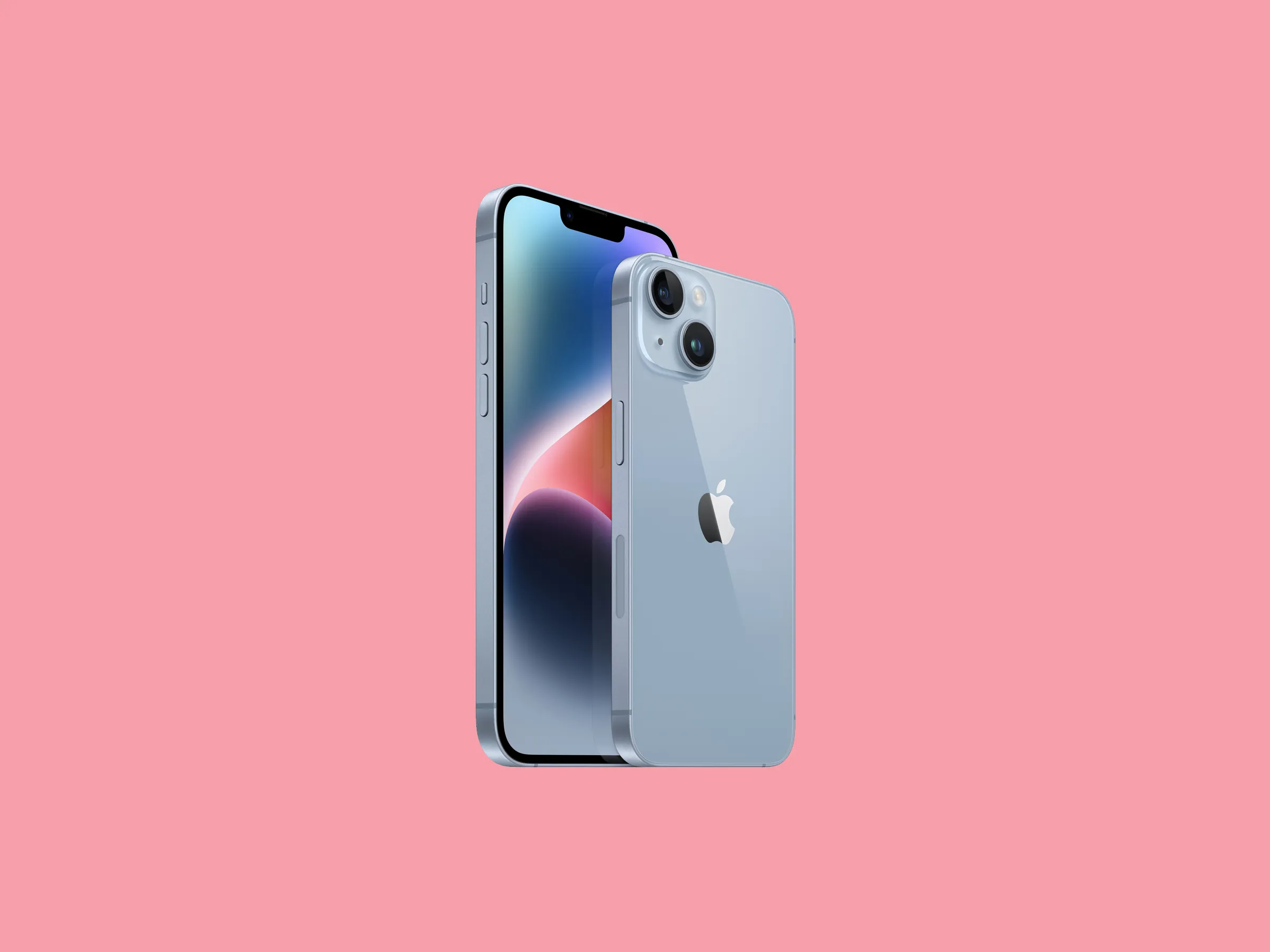
Hardware refers to the physical components that make up a computer system, such as its case, central processing unit (CPU), random access memory (RAM), monitor, mouse and keyboard), computer data storage devices such as graphics cards and sound cards, as well as motherboard.
Hardware output devices such as printers and speakers are also used to convert computer-generated electronic data into hard copies or print them out.
Motherboard
A computer’s motherboard is a printed circuit board that houses and connects many of its essential components. It serves as the main communication hub and can be found in virtually all computers.
The motherboard is responsible for transmitting electrical signals between various computer components, such as the CPU and random access memory (RAM). It also features a processor socket where the Central Processing Unit, or CPU, resides.
The motherboard includes a chipset that helps maximize the potential of its CPU, memory and other components. It ensures these parts communicate effectively with each other to process instructions appropriately. As such, computers run more efficiently and consume less energy if their motherboard doesn’t function properly.
Random Access Memory (RAM)
Random Access Memory (RAM) is a computer component that stores data temporarily. It enables your machine to perform many daily functions, like loading applications, surfing the web and editing a spreadsheet.
Additionally, your computer can easily switch between these tasks, remembering where you are in one and allowing you to quickly move on without missing anything important.
RAM is like a person’s short-term memory, which prioritizes immediate tasks but can only hold so many facts at once. Once this memory fills up, they must be loaded from long-term storage devices like hard drives.
RAM comes in various varieties and each utilizes a distinct technology. The most popular is DRAM, which utilizes a capacitor for storage of data.
Hard Drive
The Hard Drive (HDD), also referred to as a disk drive or storage device, is one of the key elements in your hardware computer. It consists of spinning platters that store digital information which is read/writable by fast-moving read/write heads.
The HDD is a nonvolatile data storage device, meaning it keeps its stored information even when the computer is turned off. Unlike volatile storage such as RAM, this ensures your files can be quickly and easily restored from the hard drive when your machine is powered back up again.
A hard drive consists of four primary components: the platter, spindle, read/write arm and actuator. These are all housed inside an air-sealed case for protection.
Graphics Card
The graphics card, or GPU, is the component of your computer that processes visual information and sends it to be displayed onscreen. The CPU (central processing unit) instructs the card what needs to be shown, and then the card runs that data through its processing units in order for you to see it appear onscreen quickly and clearly.
A graphics card’s processing power enables computers to produce images with faster motion and greater detail than ever before, making it ideal for video games and other visual software programs.
Graphic cards can either be built-in to a motherboard or added as an expansion card. While integrated cards are commonly found in laptops, they cannot be upgraded as easily as discrete ones.
Sound Card
A sound card is a hardware component that enables computers to play audio. It does this by converting digital information into analog waves which are then sent to speakers or headphones for playback.
Sound cards come with a range of specifications, connections, and capabilities. Some use digital signal processors that relieve some of the burden off the computer’s central processing unit for audio processing.
Many sound cards also include a microphone connector that can be utilized for speech recognition and voice over IP applications. They may also allow you to attach external speakers or headphones.








